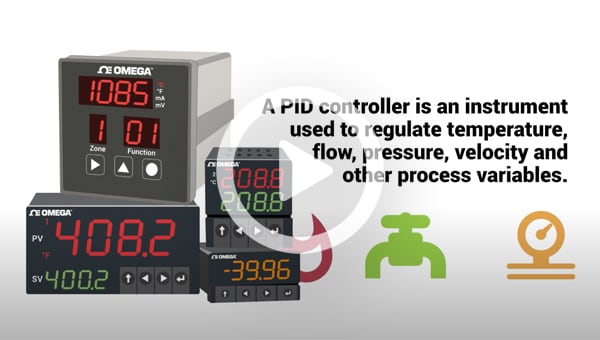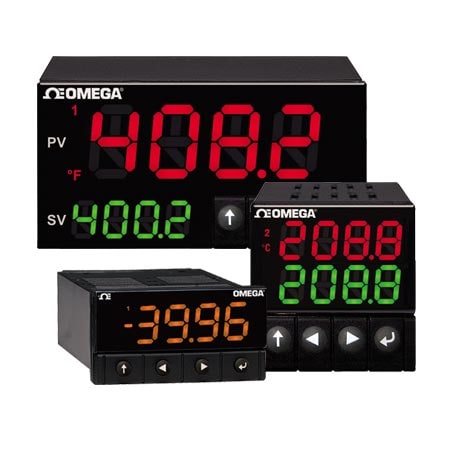A PID (Proportional – Integral – Derivative) controller is an instrument used by control engineers to regulate temperature, flow, pressure, speed, and other process variables in industrial control systems. PID controllers use a control loop feedback mechanism to control process variables and are the most accurate and stable controller.
PID control is a well-established way of driving a system towards a target position or control parameters. It’s practically ubiquitous as a means of controlling temperature and finds application in a myriad of chemical and scientific processes as well as automation. PID control keeps the actual output from a process as close to the target or setpoint output as possible.
PID Controller Basics
The purpose of a PID controller is to force feedback to match a setpoint, such as a thermostat, that forces the heating and cooling unit to turn on or off based on a set temperature. PID controllers are best used in systems which have a relatively small mass and those which react quickly to changes in the energy added to the process.It is recommended in systems where the load changes often and the controller is expected to compensate automatically due to frequent changes in setpoint, the amount of energy available, or the mass to be controlled.
Closed Loop System
A closed loop system is a type of automatic control system in which the output of the system is used to modify the behavior or operation of the system. It is also known as a feedback control system. In a closed loop system, the output is compared to the desired output and any differences are used to modify the system’s behavior or operation.This type of system is useful for controlling systems with many variables and ensuring accurate and consistent performance. The basics of a closed loop system involve a sensor to measure the output, a control unit to compare the output to the desired output, and an actuator to modify the system’s behavior or operation.
PID Controller Working Principle
The working principle behind a PID controller is that the proportional (“P”), integral (“I”), and derivative (“D) terms must be individually adjusted or ‘tuned’. Based on the difference between these values a correction factor is calculated and applied to the input. For example, if an oven is cooler than required, the heat will be increased.Here are the three steps:
- Proportional tuning involves correcting a target proportional to the difference. Thus, the target value is never achieved because as the difference approaches zero, so too does the applied correction.
- Integral tuning attempts to remedy this by effectively cumulating the error result from the “P” action to increase the correction factor. For example, if the oven remained below temperature, “I” would act to increase the head delivered. However, rather than stop heating when target is reached, “I” attempts to drive the cumulative error to zero, resulting in an overshoot.
- Derivative tuning attempts to minimize this overshoot by slowing the correction factor applied as the target is approached.
Types of controllers
There are three basic types of controllers: on-off, proportional and PID. Depending upon the system to be controlled, the operator will be able to use one type or another to control the process. On/Off Control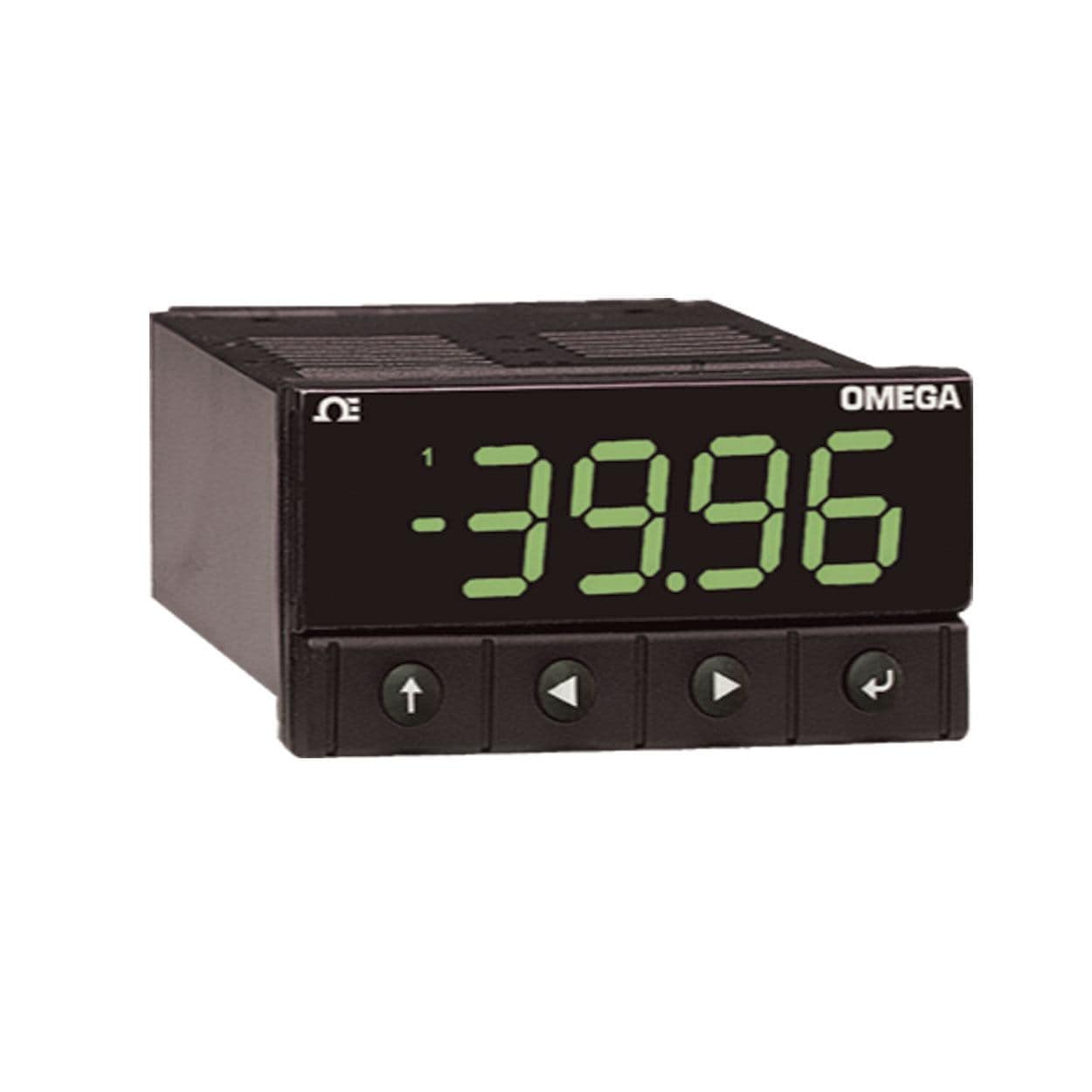 An on-off pid controller is the simplest form of temperature control device. The output from the device is either on or off, with no middle state. An on-off controller will switch the output only when the temperature crosses the setpoint. One special type of on-off control is a limit controller. This controller uses a latching relay, which must be manually reset, and is used to shut down a process when a certain temperature is reached.
An on-off pid controller is the simplest form of temperature control device. The output from the device is either on or off, with no middle state. An on-off controller will switch the output only when the temperature crosses the setpoint. One special type of on-off control is a limit controller. This controller uses a latching relay, which must be manually reset, and is used to shut down a process when a certain temperature is reached.
Proportional Control
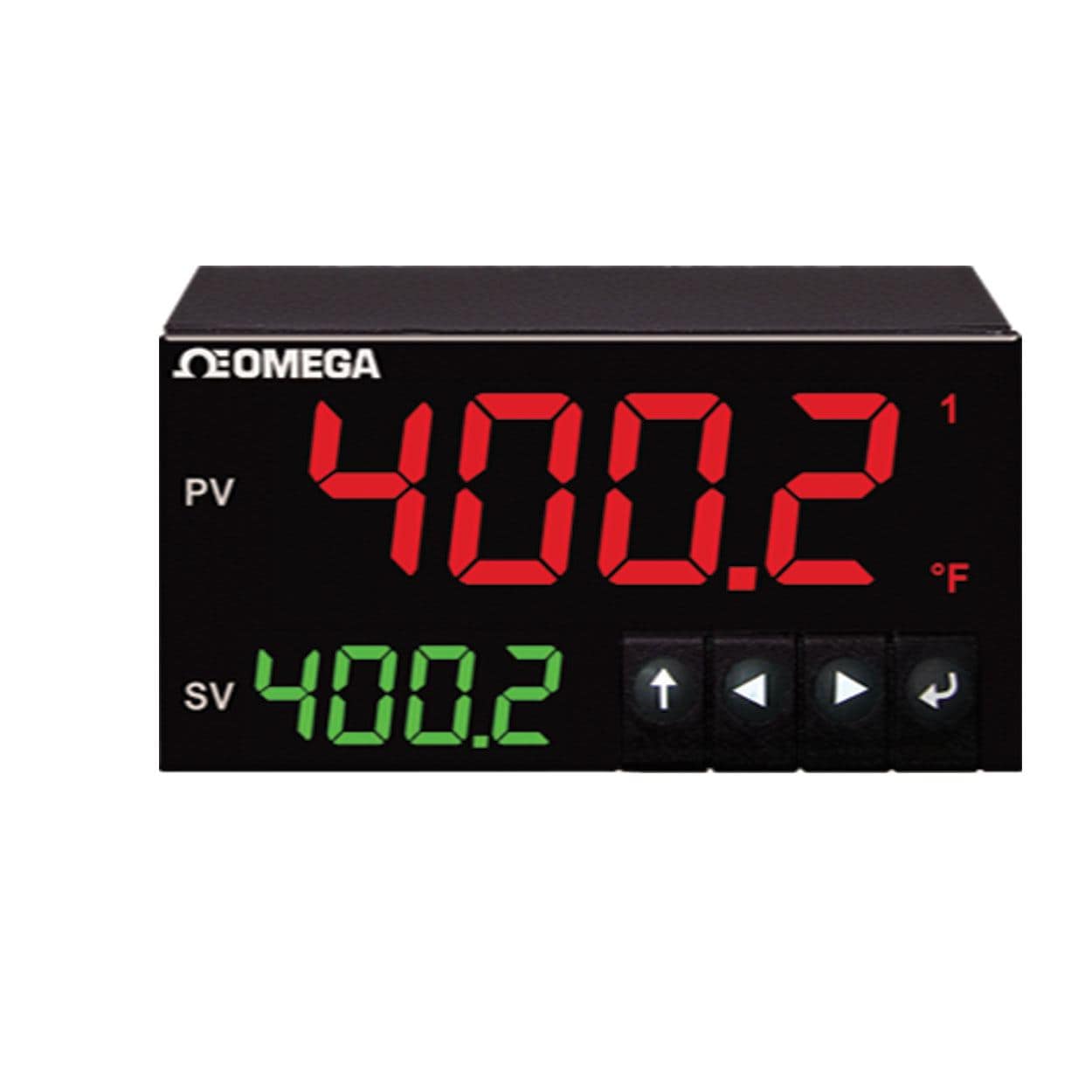 Proportional controls are designed to eliminate the cycling associated with on-off control. A proportional controller decreases the average power supplied to the heater as the temperature approaches setpoint. This has the effect of slowing down the heater so that it will not overshoot the setpoint but will approach the setpoint and maintain a stable temperature. This proportioning action can be accomplished by turning the output on and off for short time intervals. This "time proportioning" varies the ratio of "on" time to "off" time to control the temperature.
Proportional controls are designed to eliminate the cycling associated with on-off control. A proportional controller decreases the average power supplied to the heater as the temperature approaches setpoint. This has the effect of slowing down the heater so that it will not overshoot the setpoint but will approach the setpoint and maintain a stable temperature. This proportioning action can be accomplished by turning the output on and off for short time intervals. This "time proportioning" varies the ratio of "on" time to "off" time to control the temperature.
Standard PID Controller
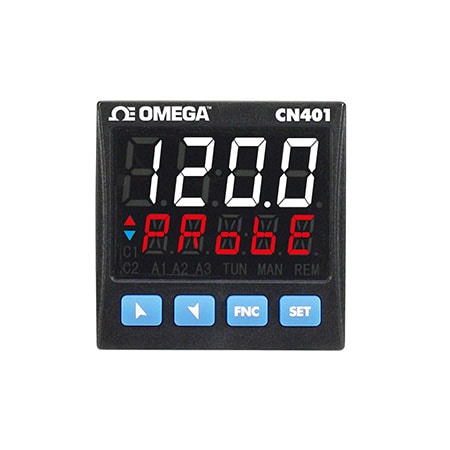 This standard PID controller combines proportional control with integral and derivative control (PID), which helps the unit automatically compensate for changes in the system. These adjustments, integral and derivative, are expressed in time-based units; they are also referred to by their reciprocals, RESET and RATE, respectively. The proportional, integral and derivative terms must be individually adjusted or "tuned" to a particular system using trial and error. PID controllers provide the most accurate and stable control of the three controller types.
This standard PID controller combines proportional control with integral and derivative control (PID), which helps the unit automatically compensate for changes in the system. These adjustments, integral and derivative, are expressed in time-based units; they are also referred to by their reciprocals, RESET and RATE, respectively. The proportional, integral and derivative terms must be individually adjusted or "tuned" to a particular system using trial and error. PID controllers provide the most accurate and stable control of the three controller types.
PID Controller Tuning
In some cases, you may need to calibrate the control parameters in order to tune your equipment properly. It's import that you know the correct parameters to ensure that your PID is tuned properly.PID Controller Problem Example
Almost every process control application would benefit from PID control. Here are several examples of PID controllers in action:- Heat treatment of metals: "“Ramp & Soak” sequences need precise control to ensure desired metallurgical properties are achieved.
- Drying/evaporating solvents from painted surfaces: Over-temperature conditions can damage substrates while low temperatures can result in product damage and poor appearance.
- Curing rubber: Precise temperature control ensures complete cure is achieved without adversely affecting material properties.
- Baking: Commercial ovens must follow tightly prescribed heating and cooling sequences to ensure the necessary reactions take place.
